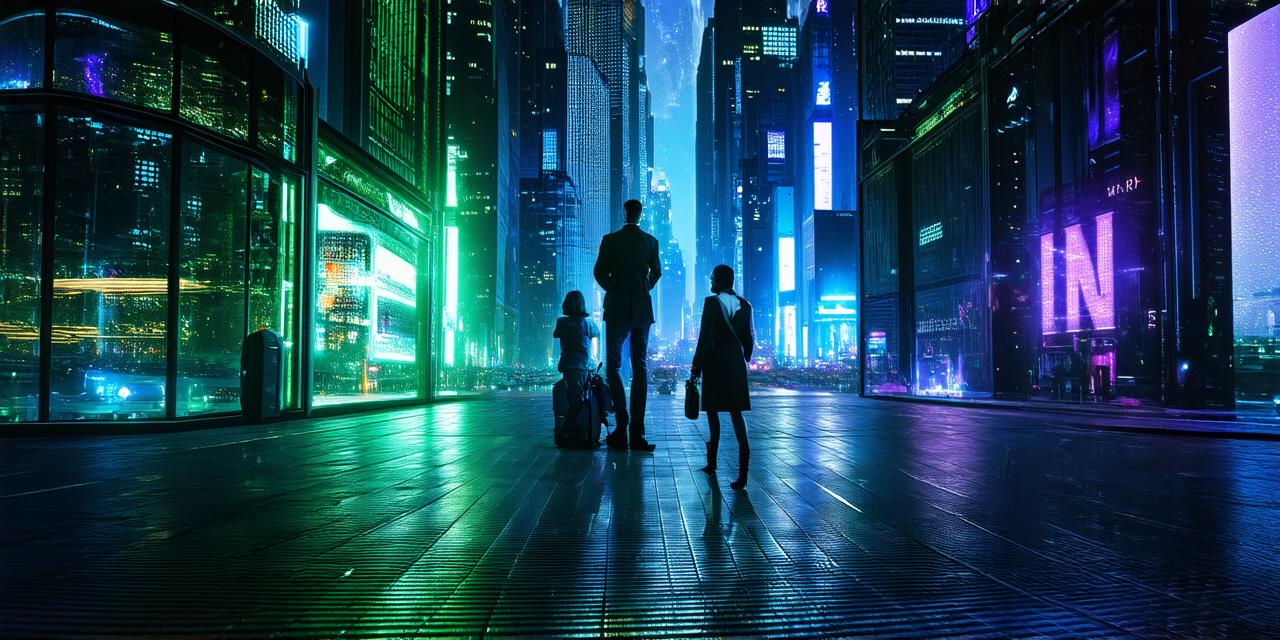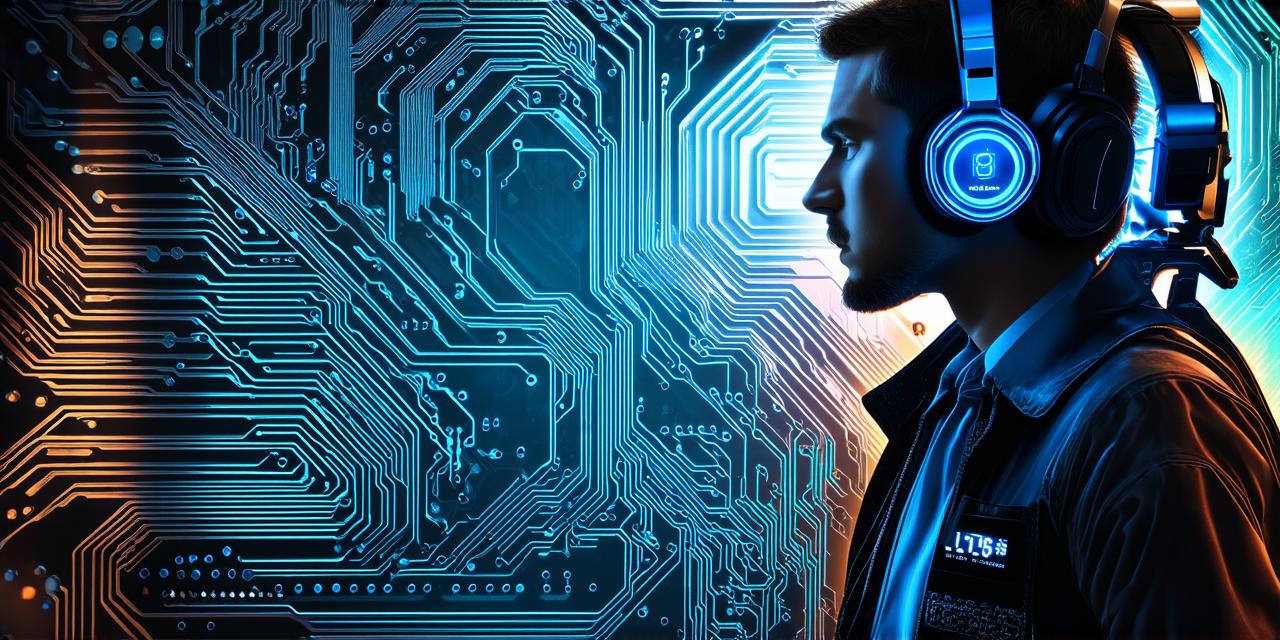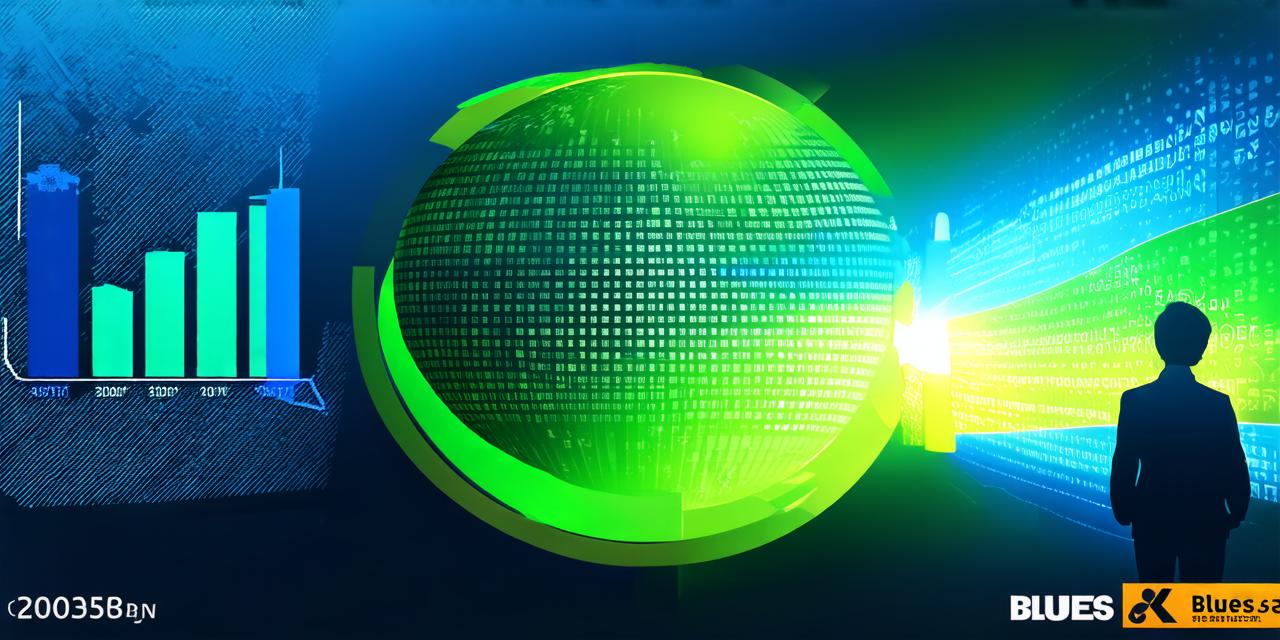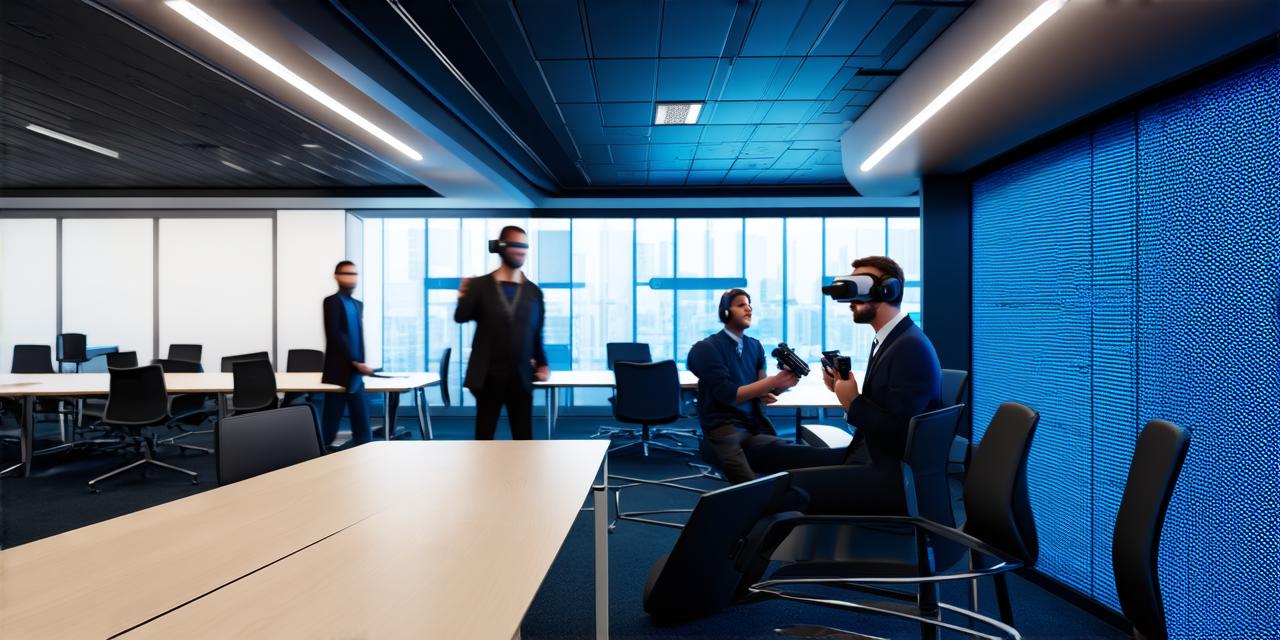Mixed reality (MR) is a technology that blends virtual elements with the real world. It allows users to experience computer-generated content in their physical surroundings, creating a seamless blend of the real and digital worlds.
How does Mixed Reality work?
Mixed reality is made possible by a combination of sensors, cameras, and computer algorithms. Sensors such as accelerometers and GPS track the user’s movements, while cameras capture the real world around them. Computer algorithms then blend this data with virtual content, creating a digital overlay that can be viewed through specialized glasses or headsets.
One of the key aspects of mixed reality is its ability to create a sense of immersion. By blending virtual elements with the real world, users can feel as though they are truly interacting with a digital environment. This immersion is achieved through a combination of factors, including the use of high-resolution graphics, haptic feedback, and spatial audio.
Example: Augmented Reality in Retail
One example of how mixed reality can be used in everyday life is in retail. Augmented reality (AR) is a type of mixed reality that overlays digital content onto the real world. It allows users to see how furniture, clothing, and other products would look in their home or on their body before making a purchase.
For example, IKEA’s AR app allows users to visualize how different pieces of furniture would fit into their living room. Users can simply point their phone at the empty space and see a 3D model of the furniture appear in real-time. They can then move the model around and adjust its size and color to see how it would look in their home.
Another example of AR in retail is the virtual dressing room. This feature allows users to try on clothes virtually, without having to physically put them on. Users simply hold up their phone or tablet in front of a mirror, and a 3D model of themselves appears wearing the clothing. They can then adjust the size and color of the clothing to see how it would look on them.
Conclusion
Mixed reality is a powerful technology that has the potential to transform the way we interact with digital content. By blending virtual elements with the real world, users can experience a seamless blend of the digital and physical worlds. Whether it’s in retail, education, or entertainment, mixed reality has the potential to revolutionize the way we live and work.



